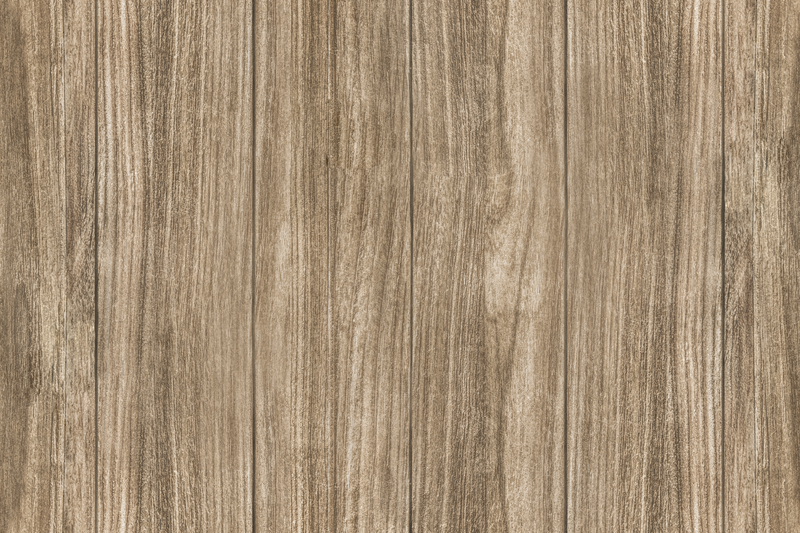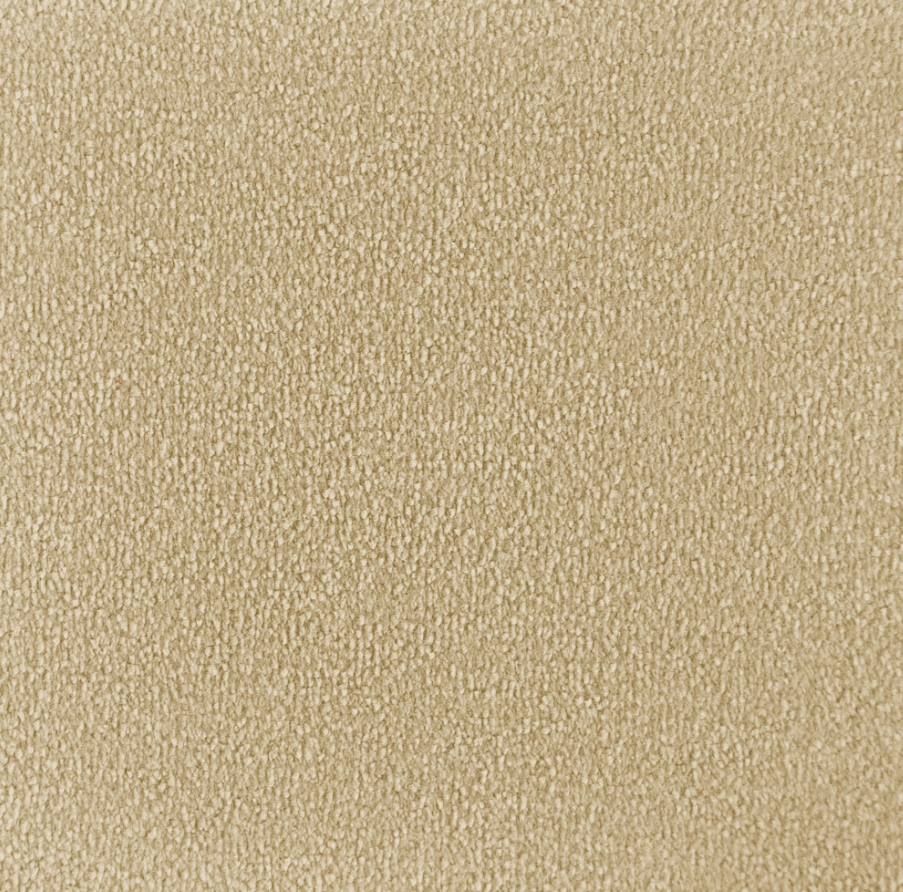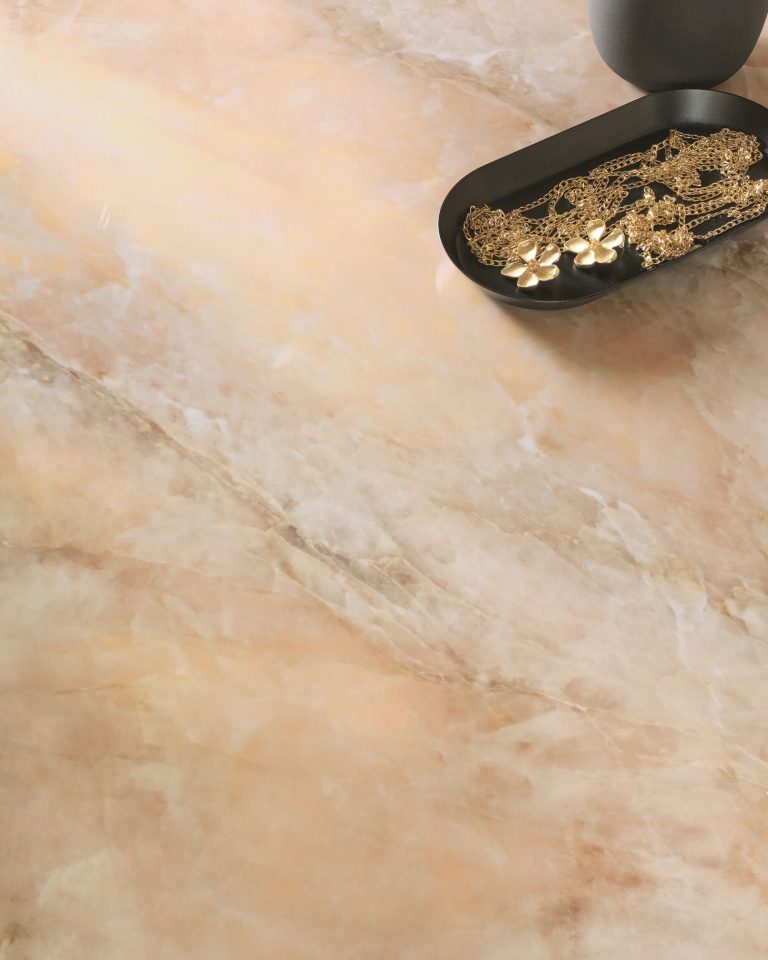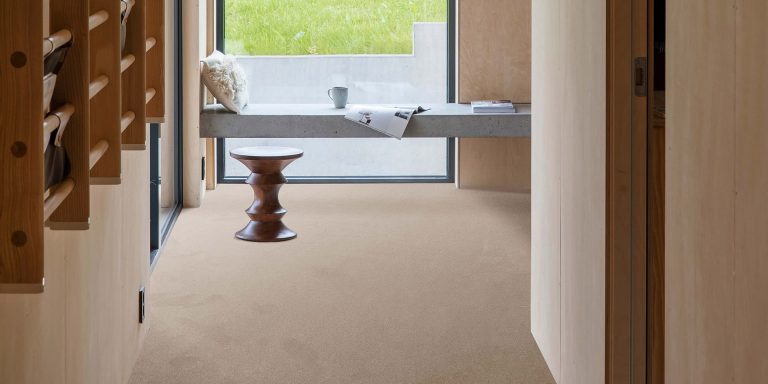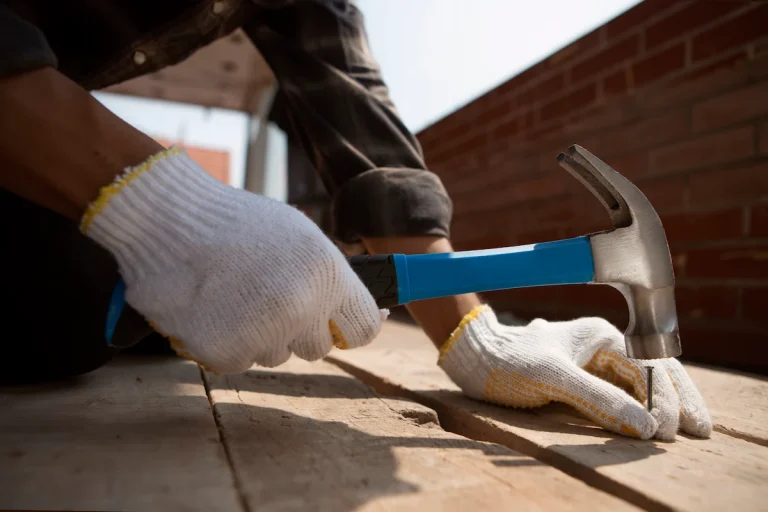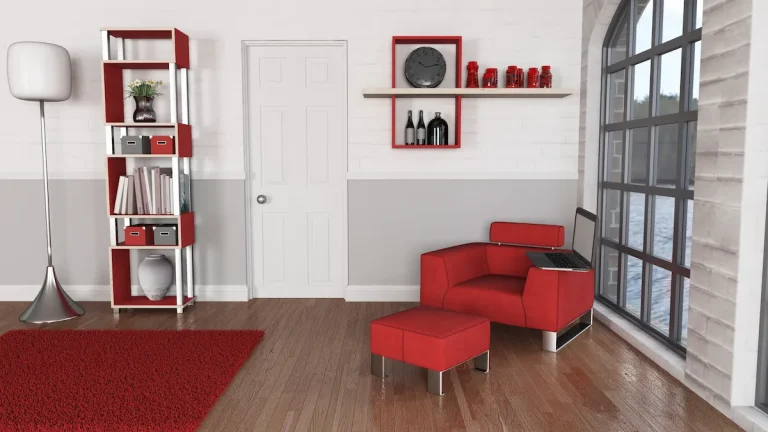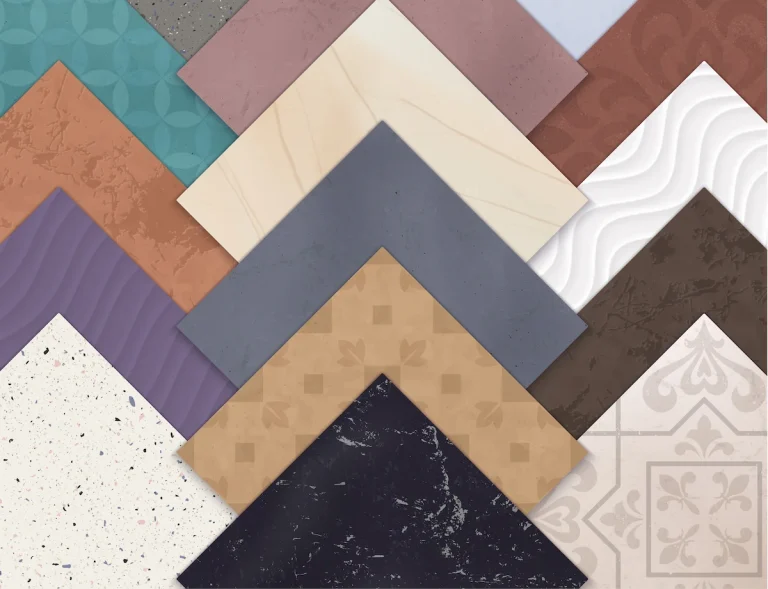Looking to upgrade your flooring but unsure about the best LVT thickness for your space? We explore the different types of LVT thicknesses available, ranging from 2mm to 8mm. By understanding the differences in durability, sound absorption, comfort, and installation methods, we help you determine which LVT thickness is the best fit for your specific needs.
Let’s discover the LVT thickness guide below and make an informed decision for your next flooring upgrade.
Types of LVT Thickness
There are various types of LVT flooring available in the market, each coming with different thickness options that suit a range of needs and preferences. From luxury vinyl tile to luxury vinyl plank, the thickness can vary significantly, impacting both the installation process and the overall performance of the flooring.
a. 2 mm LVT
2 mm LVT flooring is one of the thinner options available, making it a suitable choice for areas where subfloor requirements are minimal.
Commonly used in residential settings such as kitchens, bathrooms, and bedrooms, 2 mm LVT provides a cost-effective solution without compromising on style. Its thin profile allows for easy installation, especially in spaces with low clearances like basements. Due to its reduced thickness, this type of flooring may lack the cushioning and sound-dampening qualities of thicker options.

See product: Karndean Knight Tile Honey Limed Oak SM
b. 4 mm LVT
4 mm LVT flooring offers a balance between durability and ease of installation, often featuring a thicker wear layer for added longevity.
One of the key benefits of choosing 4 mm LVT flooring is its enhanced durability, making it ideal for high-traffic areas such as commercial spaces or busy households. The thicker wear layer not only adds to its lifespan but also provides resistance against scratches, stains, and fading, ensuring that the flooring maintains its beauty over time.

See product: Floorify Planks Apple Crumble
c. 5 mm LVT
5 mm LVT flooring is ideal for high-traffic areas, thanks to its thickness and the robust polyvinyl chloride (PVC) material used in its construction.
Whether in bustling restaurants, busy retail spaces, or lively households, 5 mm LVT flooring stands out for its durability and resilience to heavy foot traffic. The composition of this type of flooring makes it highly resistant to scratches, dents, and stains, making it perfect for areas prone to wear and tear. The PVC material used in LVT flooring provides excellent water resistance, making it suitable for areas with high moisture levels such as bathrooms or kitchens. Its easy maintenance and long-lasting nature make it a popular choice for both residential and commercial spaces.

See product: Luvanto Click Plus Vintage Grey Oak
d. 6 mm LVT
6 mm LVT flooring provides enhanced comfort underfoot and is compatible with underfloor heating systems, making it a popular choice for residential spaces.
The thicker construction of 6 mm LVT helps to reduce noise transmission and offers a cushioned feel, ideal for areas where comfort is key, such as bedrooms, living rooms, and playrooms.
Its ability to retain heat makes it a perfect option for rooms where underfloor heating is installed, ensuring a warm and cosy atmosphere throughout the space.
In terms of installation, the click-lock system of 6 mm LVT simplifies the process, making it suitable for DIY enthusiasts or professional installers alike.
Its low-maintenance nature, requiring only regular sweeping and occasional damp mopping, adds to its appeal as a practical and comfortable flooring solution.
e. 8 mm LVT
8 mm LVT flooring is often found in luxury vinyl plank formats, featuring a wood composite core for added stability and an authentic wood-like appearance.
In addition, the 8 mm thickness of this type of flooring provides a perfect balance between durability and comfort.
This thicker construction helps to reduce noise transmission, making it an excellent choice for households with high foot traffic. The wood composite core not only enhances its dimensional stability but also makes it highly resistant to moisture, ensuring a long-lasting flooring solution for various areas in your home or commercial space.
Differences in LVT Thickness
The differences in LVT thickness are primarily related to the gauge and wear layer, which affect the flooring’s durability, comfort, and suitability for various applications.
a. Durability
Durability in LVT flooring is heavily influenced by the thickness of the wear layer and the overall gauge of the product.
In terms of choosing the right LVT flooring for your space, opting for thicker options can provide you with enhanced durability and better resistance to wear and tear. Thick LVT planks or tiles are able to withstand daily foot traffic, spills, and scratches more effectively, making them ideal for high-traffic areas. The wear layer, which serves as a protective barrier on top of the design layer, plays a crucial role in shielding the flooring from damage. A thicker gauge in LVT flooring not only offers improved structural stability but also contributes significantly to its longevity and overall performance.
b. Sound Absorption
Thicker LVT flooring often includes a backing layer that improves sound absorption, making it a preferred choice for high-traffic areas.
This sound absorption feature is particularly beneficial in environments where noise levels need to be controlled, such as offices, schools, or commercial spaces.
The backing layer plays a crucial role in reducing impact noise caused by footsteps and other movements on the flooring. By minimising noise transfer, it creates a quieter and more comfortable environment for occupants. This not only enhances the overall experience but also contributes to improved productivity and well-being in various settings.
c. Comfort
Comfort underfoot is a significant advantage of thicker luxury vinyl flooring, offering a more cushioned and supportive feel.
Thicker LVT not only provides a softer surface to walk on, but it also helps to reduce noise levels within the home, creating a more peaceful environment. This added thickness can make a remarkable difference, especially in areas where people tend to stand for longer periods, such as the kitchen or home office. The enhanced comfort of thicker LVT can also contribute to a sense of warmth during colder months, making it a popular choice for bedrooms and living rooms.
d. Installation Method
LVT flooring installation methods can vary depending on its thickness, with click LVT and glue-down LVT being common options.
- Click LVT, also known as floating LVT, is a popular choice for installation. It involves a simple interlocking system that allows the planks to click together, creating a sturdy floor without the need for adhesive. This method is ideal for DIY enthusiasts or individuals looking for a quick and easy installation process.
- On the other hand, glue-down LVT requires the use of adhesive to firmly attach each plank to the subfloor. This method is preferred for areas with high foot traffic or where moisture resistance is crucial, as the glue provides additional stability and prevents water damage.
The Best LVT Thickness
Determining the best LVT thickness depends on several factors, including the specific needs of the space, overall cost-effectiveness, and personal preference.
a. Factors to Consider
When selecting the best LVT thickness, several factors must be considered to ensure optimal performance and longevity of the flooring.
- One crucial factor to consider is durability. The thickness of the LVT directly impacts its durability and ability to withstand heavy foot traffic and potential wear and tear. Thicker LVT options tend to be more durable and have a longer lifespan compared to thinner options.
- Another key aspect is comfort. Thicker LVT provides better cushioning underfoot, making it more comfortable to walk on for extended periods.
- The suitability of the LVT thickness for different areas within a space plays a significant role in decision-making. For high-traffic areas like hallways or commercial spaces, thicker LVT may be preferable for increased durability. Conversely, thinner LVT may be suitable for areas with less foot traffic or where transitions to other flooring types occur, maintaining consistency in floor levels.
b. Location/Room
The location or room where the LVT flooring will be installed plays a crucial role in determining the appropriate thickness.
For instance, higher moisture levels in areas like bathrooms or basements require thicker LVT to resist water damage and ensure durability over time. On the other hand, spaces with heavy foot traffic, such as commercial settings or entranceways, may benefit from a thicker wear layer to withstand abrasion and maintain appearance.
c. Foot Traffic
Foot traffic is a significant factor in deciding the ideal thickness of LVT flooring, especially in high-traffic areas where durability is paramount.
For instance, commercial spaces like shopping centres, airports, and hospitals experience constant movement, necessitating thicker LVT to withstand the wear and tear. On the other hand, residential areas may require a lower thickness option if foot traffic is moderate. The difference in usage patterns highlights the importance of tailoring LVT thickness to the specific environment. In high-traffic settings, investing in a more durable option ensures longevity and minimises the need for frequent replacements, ultimately leading to cost savings in the long run.
d. Subfloor Type
The type of subfloor can dictate the thickness of LVT flooring required for a successful installation.
In terms of subfloor types, it’s essential to consider whether you have plywood, concrete, or another material underneath your LVT flooring. Plywood subfloors are widely used and are generally compatible with various thicknesses of LVT. Concrete subfloors, on the other hand, may require a more specific thickness to ensure the stability and longevity of the flooring.
Regardless of the subfloor type, proper preparation is crucial before installing LVT. Subfloors should be clean, level, and free of any imperfections that could affect the installation.
Uneven subfloors can lead to noticeable bumps or gaps in the flooring, which can compromise the overall look and durability.
e. Budget
Budget constraints can influence the choice of LVT thickness, with thicker options often costing more but providing better durability and comfort.
When navigating the selection process, it’s essential to strike a balance between cost and quality. Choosing the optimal thickness can impact the overall performance and longevity of the flooring. For those looking to save on expenses without compromising on key benefits, considering moderate thicknesses may be a smart approach. By opting for a thickness that offers a good blend of affordability and durability, individuals can enjoy long-term benefits without overspending. Exploring different thickness options through thorough research and product comparisons can help in finding a cost-effective solution that meets both financial and practical needs.
f. Personal Preference
Personal preference plays a crucial role in selecting the right thickness for luxury vinyl flooring, as it impacts both the aesthetic appeal and comfort level.
Some individuals prefer a sleek and modern look in their living space, opting for thinner LVT options to achieve a smooth and minimalist appearance. On the other hand, those who prioritise durability and cushioning may lean towards thicker variants, providing a softer feel underfoot and better sound insulation. For instance, a 2mm thickness can offer a more rigid surface, suitable for high-traffic areas, while 5mm or 6mm options deliver enhanced comfort for areas where standing for extended periods is common.
Conclusion
Choosing the right LVT flooring thickness involves balancing factors like durability, comfort, installation methods, and cost to find the best fit for your specific needs.
When considering durability, a thicker LVT option may be more suitable for high-traffic areas, providing better resistance to wear and tear over time. On the other hand, if comfort is a priority, a thinner plank with an attached underlay can offer a softer feel underfoot.
Installation methods also play a crucial role, as thicker planks may require additional preparation of the subfloor to avoid issues like height transitions. Thinner options often come with easier installation processes, making them ideal for DIY projects.
Cost is another essential factor to contemplate since thicker LVT tends to be pricier upfront, but it can potentially save money in the long run due to its increased lifespan.
Ultimately, weighing these considerations carefully will help you make an informed decision on the optimal LVT thickness that aligns with your preferences and requirements.
At TEKA Flooring, we provide high-quality luxury vinyl tiles (LVT) available in various thicknesses, starting from 3 mm like the Karndean Art Select Oak Royale Storm Oak, or thicker options such as the 6.5 mm Karndean Van Gogh Rigid Core Golden Brushed Oak (Small).
Don’t wait any longer to create the space of your dreams. Visit TEKA Flooring’s showroom in Peterborough today and take the first step towards a beautiful, refreshed interior!
Read also:


























